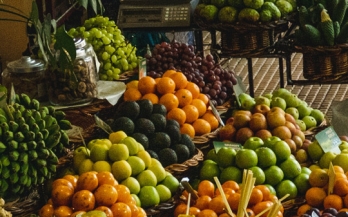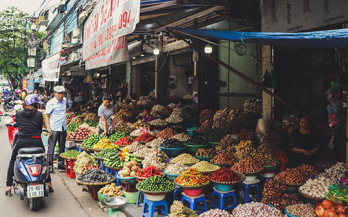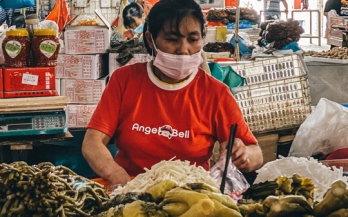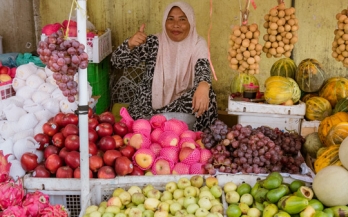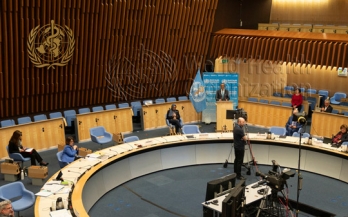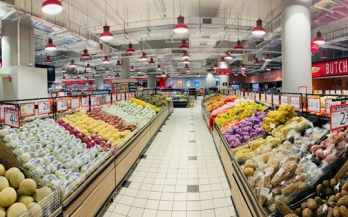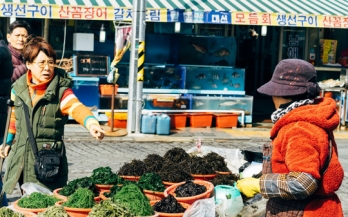My first exposure to the effects of malnutrition occurred in 1999 in central war-torn Angola. Due to the armed conflict, hundreds of thousands of internally displaced people (IDPs) were fleeing their homes and hunkering down in various camps huddled around the outskirts of the main town.
For many adolescents, COVID-19 has meant school closures, little contact with friends and a frustrating barrier to their lives and livelihoods. As difficult as those challenges are, however, the coronavirus has had even more serious repercussions. Namely, food and access to it. Although the data is still coming in, it appears that COVID-19 could reverse decades of hard-won gains when it comes to food security.
New estimates show that the COVID-19 pandemic will lead to widespread increases in malnutrition due to disruptions in food, health and social protection systems. Lockdown measures are disrupting the production, transportation, and sale of nutritious, fresh and affordable foods, forcing millions of families to rely on nutrient-poor alternatives.
FAO Director-General QU Dongyu and Global Alliance for Improved Nutrition (GAIN) Executive Director Lawrence Haddad today agreed that greater efforts must be made to transform food systems through innovative collaboration with the private sector, during a virtual round table on Business Strategies on Delivery of Healthy Diets for a Healthy Planet.
From empty supermarket shelves to vegetables thrown away uneaten due to shutdowns, COVID-19 has revealed many vulnerabilities in global and local food systems. Not only that, but the pandemic has also reminded us of the essential role nutrition and food security play in boosting immunity and resistance to disease.
Scares involving food contamination tend to make headlines when they occur in high-income countries. These rare outbreaks are all the more dramatic because consumers usually take for granted that the food they purchase will be safe: in high-income countries, governments have rigorous food safety standards with staff and budgets to support their enforcement, and many major retailers establish their own standards and procedures for ensuring that the food on their shelves is safe to eat.
The Food and Agriculture Organization of the United Nations, The Global Alliance for Improved Nutrition, and The Johns Hopkins Alliance for a Healthier World today launched a new easy-to-navigate online tool designed to help decision makers understand their food systems, identify their levers of change, and decide which ones to pull.
The collateral effects of necessary lock-down and physical distancing measures may, unless accompanied by measures to protect infant and young child nutrition, damage lives for many decades. While needed to curb disease spread, containment measures are disrupting nutrition and social protection interventions and food systems. Early tracking shows price increases of several nutritious foods; market closures and labour disruptions affecting livelihoods are decreasing nutritious food access.
As COVID-19 continues to impact millions of lives and jobs around the world, it is also making our global food system increasingly vulnerable. The poverty, malnutrition and food insecurity that were already challenges before the pandemic – with 820 million people chronically hungry in 2018 – are set to grow as a result of it.
Since the Covid-19 pandemic and associated control measures began affecting food systems around the world, many of us who care about nutrition and livelihoods have been thinking anxiously about food prices: would they be affected? If so, how badly, for which foods, and for how long? Food prices are important for several reasons.




